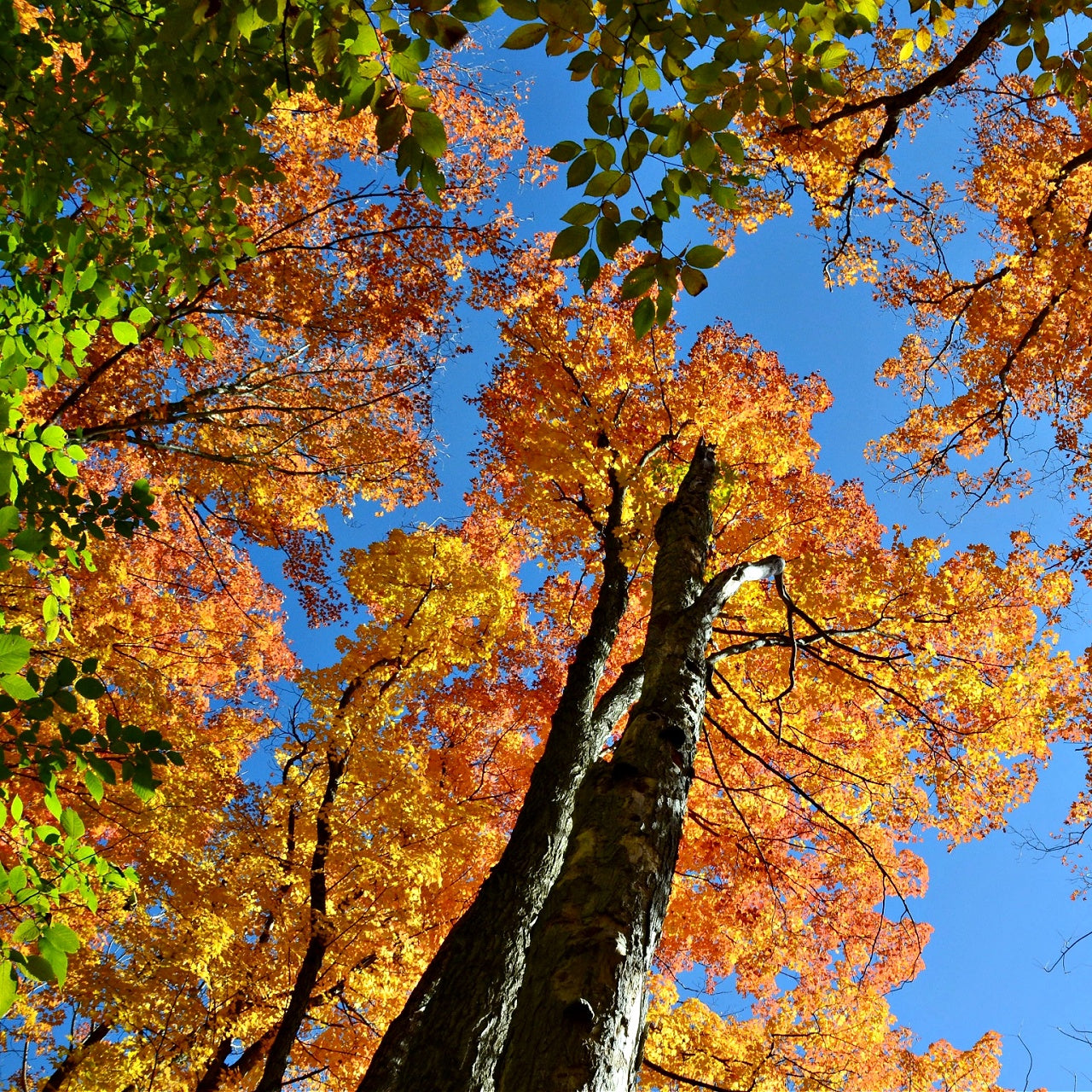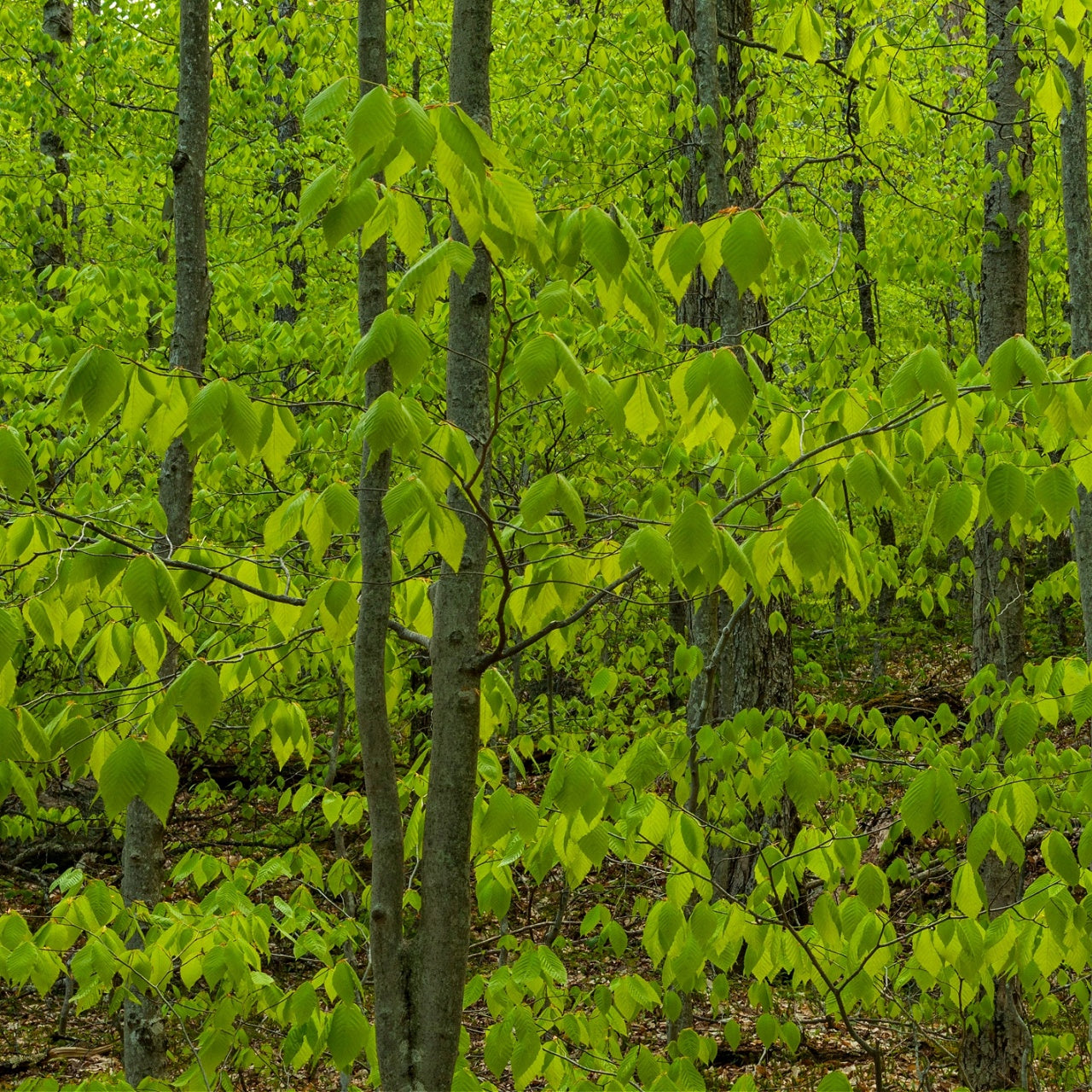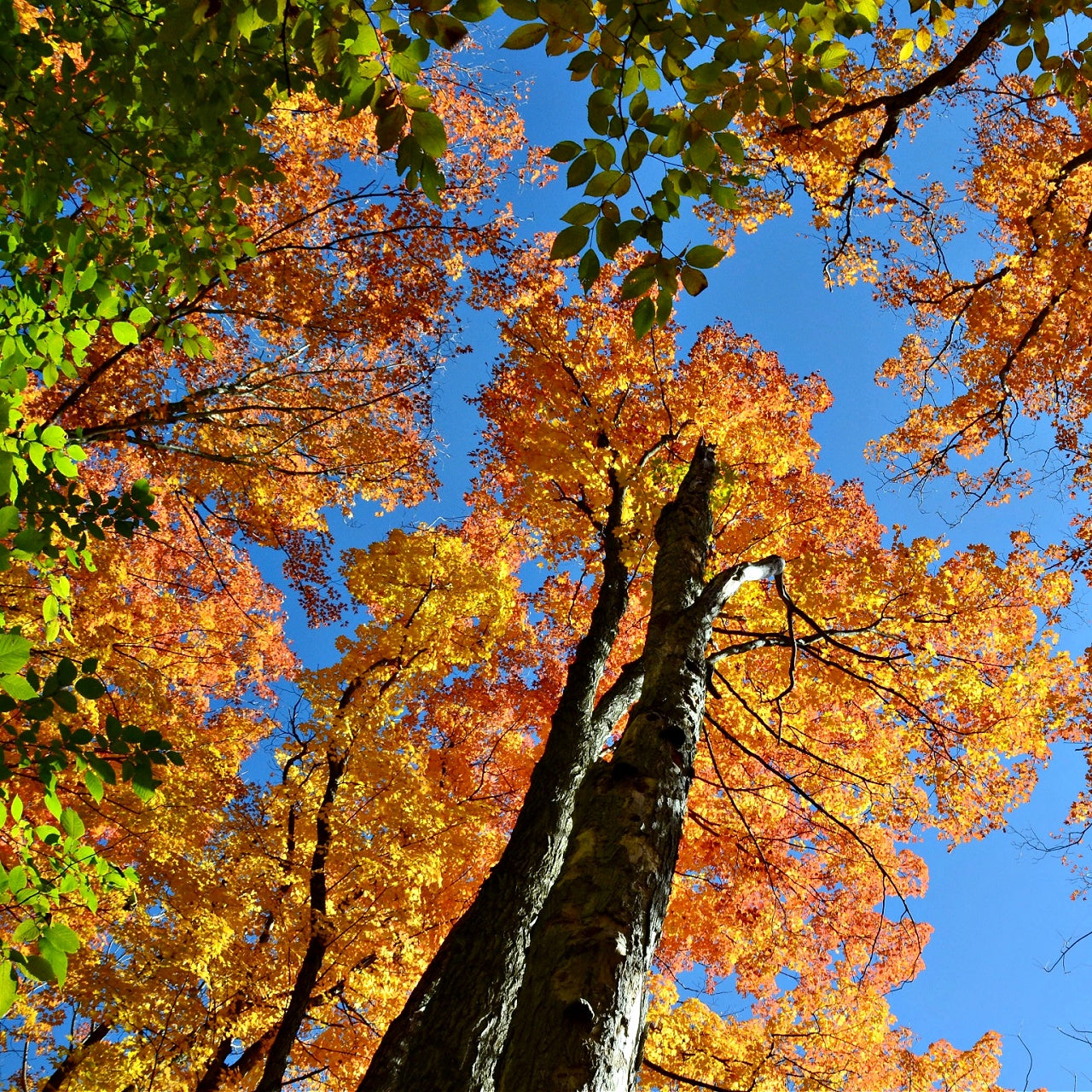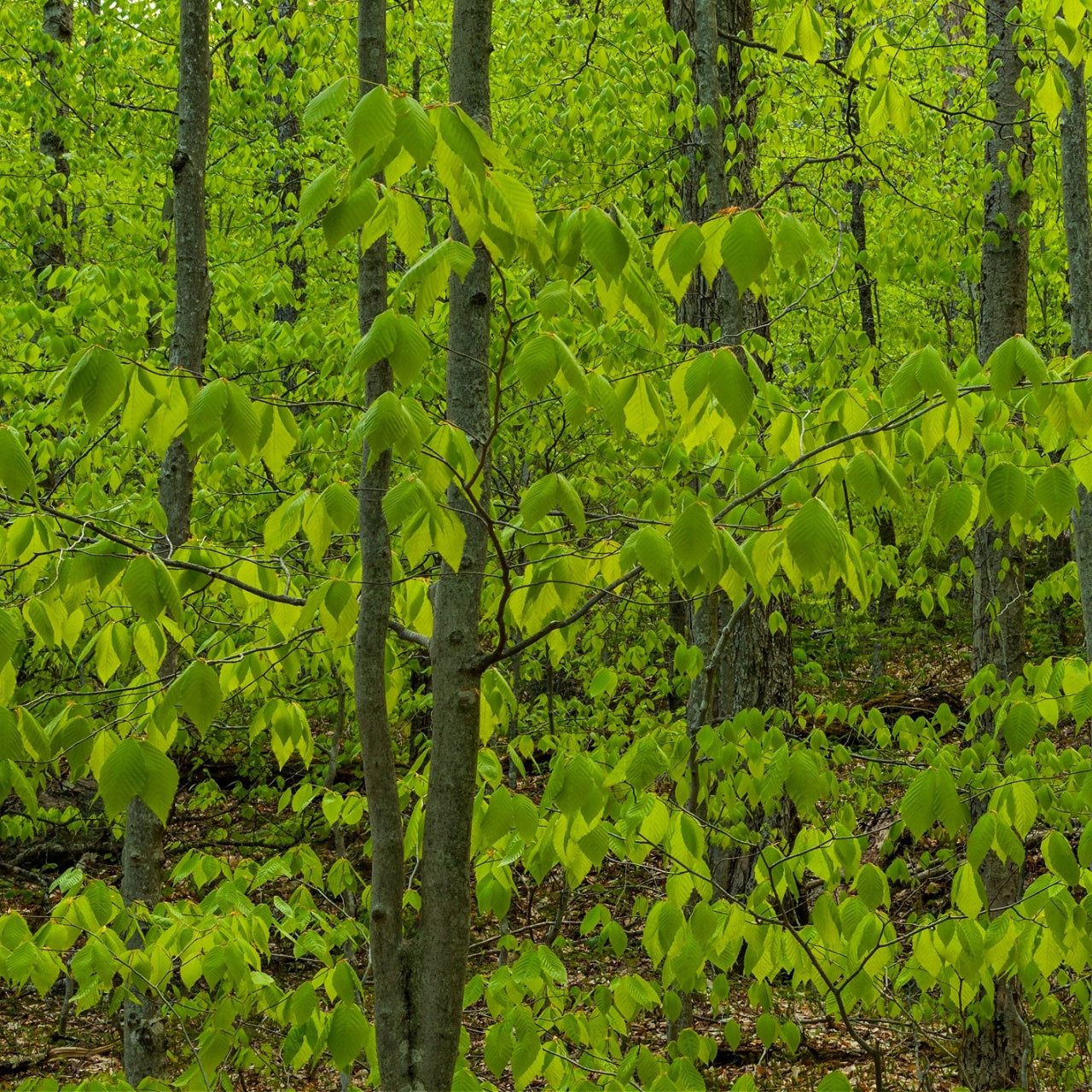American Beech Seedlings - 100 Plants
American Beech Seedlings - 100 Plants
This plant ships:
Ships Week of May 12thCouldn't load pickup availability
Exposure
Sun or ShadeHeight at Maturity
Over 25 FeetUsage
LandscapingShipped As
Bare-rootShips
Ships Week of May 12thPlanting Zones
3-9American Beech Seedlings
American Beech Seedlings grow in the eastern part of the United States and eastern Canada. They grow up to 115 feet and have beautiful foliage. The American beech is a deciduous tree, meaning it will lose its leaves every fall after reaching a peak in autumn. The leaves are sparsely toothed, dark green, but straightforward.
These tree seedlings prefer shade over the direct sun, and with fertile soil and ample moisture, they will grow a little faster than in other conditions. It is usually slow-growing at 13 feet per 20 years. It is common in forests and identified by its distinct leaf and smooth off-white bark, which is iconic for heart-shaped carvings.
American Beech Seedlings is Perfect for Adding Shade
These leaves make it the perfect tree for adding shade to yards. The tree attracts lots of wildlife thanks to its partially hollow trunk, making it the ideal home for squirrels and other small animals.
It also produces nuts during the autumn months, which provide an excellent food source for animals such as birds, squirrels, chipmunks, and even wild turkeys. The nuts are also edible for humans. Amazingly, the tree can live for up to 300 years, making it a lovely addition for current and future generations.
This native tree grows in most of the eastern United States. It can be self-pollinating, as it produces both male and female flowers. It is found mainly in wetlands and swampland areas.
It grows best in full sunlight and thrives in open spaces, making it an excellent tree in the city. However, it is highly susceptible to Dutch elm disease, which has killed many elm trees throughout the United States and Canada.
Seedlings Can Get Massive
The tree is a more formal-looking tree commonly known to reach a height of 90 to 100 feet and a span of 50 to 70 feet wide. In the late spring, these trees contain smooth grayish bark, bright green leaves, and bear nuts.
Those nuts can be harvested for food and contain an extremely high amount of nutritional oil. While it is a beautiful addition to your lawn, it is also a perfect home for numerous wildlife species that love its large nuts.
Turns Gold In The Fall
Bright green leaves will gradually turn a golden yellow for the brilliant splash of fall color, making this tree a complete showpiece all year.
They make a perfect majestic centerpiece to a large lawn, with their massive height and width.
In years past, the tree was commonly used for bedding, furniture, fuel, and many other purposes. Because of its resistance to decay, the wood was often used to build water wheels.
The tree is widely found throughout eastern North America, from Canada to southern Texas, which speaks to its ability to withstand various weather conditions, such as extreme cold and heat.
It thrives in Hardiness Zones 3 - 9. It is a deciduous, shade-favoring tree that prefers full sun and wet, aerated dirt with natural moisture runoff. The saplings climb to heights between 66 and 115 feet at a medium rate of 1-2 feet per year.
Their trunks are broad, sometimes growing to a meter or more. The silvery bark is thin and smooth, staying that way throughout the tree's mature years. The trunk extends high in crowded, shady spaces, spreading into a few sturdy branches with dense overhead foliage.
The Asthetics
Its disposition changes in a sunnier territory, offering many horizontally extending limbs that create a sprawling, small crown. The leaves are wide ovals with saw-tooth edges and veins. They turn many shades of vibrant green during spring and summer, then peak to yellow or brown in the fall.
These trees flower in the early spring during April and May, displaying male flowers that are small, yellow, and ball-like. The female flowers are similar but have a reddish-brown scaling. They present at the ends of new twigs.
American Beech Seedlings produce the aptly named beechnut in mass quantities every two or three years; squirrels, birds, and other wildlife love it as a treat.
They can also be a decorative, helpful shade cover for driveways on sprawling estates. They display beautiful leaves in the spring and summer when they are bright green. They grow oval and appear to have small, jagged edges but are very soft when touched. They can also like moist, acidic, thick, and well-drained soils. They can also sport some great fall colors of leaves.
- Zones: 4-9
- Mature Height: 50' to 70'
- Width: 40' spread
- Shape: Oval Shaped
- Growth: Slower to medium growth rate.
- Sunlight: Full sun
- Soil: Deep, moist, rich soils that are well-drained
- Botanical name: Fagus grandifolia
Share






